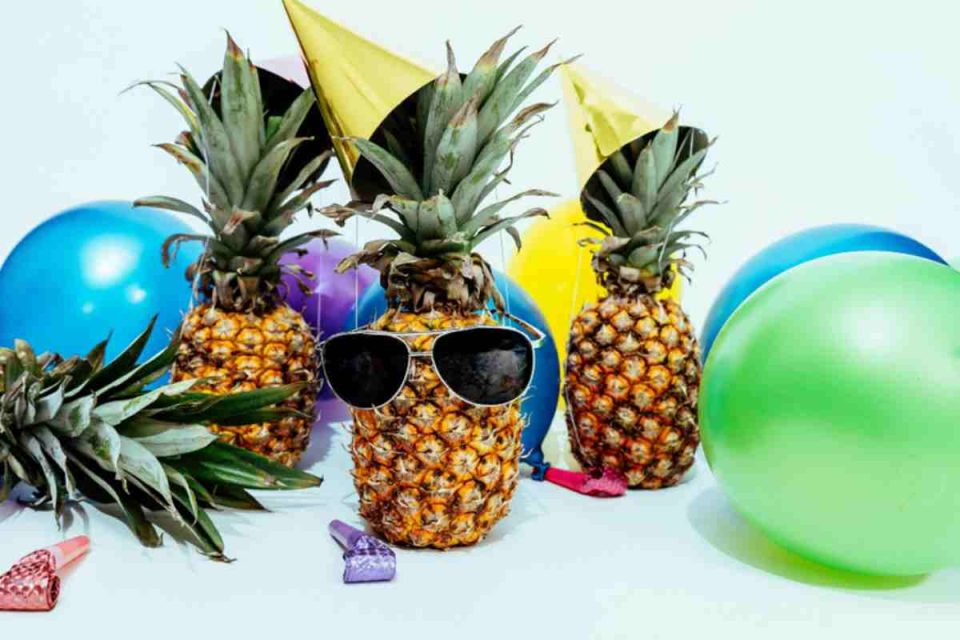Teenagers find countless ways to express their individuality, and it’s not unusual to discover that some of the most telling avenues are celebrations. Birthdays, holidays, and even minor achievements become canvases for the vivid expressions of youth. These occasions offer teenagers profound opportunities to communicate, not just with their peers but with parents and society.
Table of Contents
Unleashing Creativity
Celebrations among teenagers often go beyond traditional norms. They are frequently sites of creativity, where young minds have free rein to explore and define what each festivity represents to them. Many teenagers see their celebrations as extensions of their personalities. They’re not constrained by the formalities of adult gatherings and, consequently, become playgrounds of ideas and themes.
Consider the unique themes some teenagers craft for their birthday parties—ranging from “retro 90s” to “futuristic space odyssey.” These choices aren’t arbitrary. They’re curated expressions of the interests and aesthetics that provide that individual a sense of identity, subconsciously signaling to others aspects of their persona they wish to share or highlight.
One particular milestone that signifies the leap into teenage years is the 13th birthday. For those planning such an event, finding fun birthday party ideas for 13-year-olds can be an exciting endeavor. From themed celebrations to novel experiences, these ideas can highlight a teenager’s burgeoning interests and creativity as they step into this new phase of life.
Each celebration is a self-initiated project where teenagers transform ordinary settings with their imagination. A teenage garden party can turn into a whimsical wonderland with handmade decorations and creative lighting, perfectly echoing the host’s artistic flair. These expressions exemplify not only the uniqueness of each individual but the collective spirit of their peer group, offering a tangible glimpse into their shared world.
Facilitating Social Bonds
Teenage celebrations are powerful social glue. They enable teenagers to strengthen existing friendships, forge new ones, and often reassess their social circles. In high school, where social hierarchies frequently change, invitations to events can signify peer recognition, bolster feelings of belonging, and sometimes, regrettably, exclusion.
Beyond friendship, these occasions can also serve as a moment when teenagers begin to learn the art of hospitality and responsibility as they handle aspects like planning the guest list, coordinating logistics, and organizing activities—all skills that find their roots in these youthful celebratory expressions.
The emotional quotient involved is significant; celebrations allow teenagers to witness and interpret emotions in dynamic social settings. By navigating varied interactions, they begin to perceive the nuances of empathy and camaraderie. The laughter shared at these gatherings often resonates beyond the immediate moment, enriching their life with shared memories and emotional connections.
A Safe Space for Exploration
In teenage celebrations, there’s room for experimentation. These events become a realm where the usual boundaries of teenage expression can be pushed and tested safely. Whether it is through bold fashion choices, daring performances, or even trying out new forms of self-expression like amateur tonal poetry, there exists the comfort of a relatively non-judgmental audience.
For example, a teenage artist might choose a talent show element at their birthday to showcase their emerging musical interests. Perhaps a budding chef undertakes catering challenges that delight their friends with epicurean delights. These iconic moments often mature into defining characteristics of their later lives.
As teenagers experiment with different musical genres at parties, they may slowly piece together their personal tastes and styles. These celebratory arenas offer an open-air amphitheater for fledgling musicians or dancers to share fledgling skills, balancing encouragement with friendly critique. Often, these early explorations propel a pursuit of greater competitive or artistic engagement in the years that follow.
Cultural Reconstruction
This generation of teenagers often modifies established traditions, putting a unique twist on universal celebrations to make them relevant to their current socio-cultural setting. Their reinterpretations can include inventive inclusions of global practices or adaptations into cultural frameworks closer to home, yet often infused with a modern touch.
The enthusiasm with which teenagers embrace cultures other than their own, borrowing and reconciling them with local traditions, is in itself a silent conversation with the world. It embodies the broader bridge-building aspirations of a generation that places increasing value on inclusivity and diversity.
The global village of today exposes teenagers to diverse customs, and they eagerly adopt tales and rituals that speak to them, merging these into the local tapestry. Such reshaping of cultural practices fosters a sense of solidarity and empathy, as it embraces multiplicity in worldviews, underlining the humanity that binds us all. At the heart of their celebrations, this melting pot of cultural translations becomes a declaration of acceptance beyond geographical divides.
A Reflection of Belonging and Identity
At its heart, these celebrations reveal a teenager’s evolving understanding of self and their desired place within the social ecosystem. Whether consciously or not, every celebration is a portrayal of the collective and often individual quest of teenagers seeking to enjoy, connect, and be understood.
While many adult observers may reduce these gatherings to mere frivolity, it’s time we acknowledge them as nuanced arenas of self-expression pivotal to a teenager’s development. They are assemblages of visual and cultural markers signaling their unique perspectives, values, influences, and all the transitional curiosities that come with growing up.
Even within the confines of a family event, the manner a teenager opts to contribute reflects tenets of their growing values and beliefs—whether it’s a choice to champion sustainability through eco-friendly decorations or entrusting musical selections that esteem an often underrepresented genre. Celebrations and their choice dynamics underscore the impressionable interplay of belonging and individualization, a dance every teenager authors at their own rhythm.
Celebrations are no mere pageantry for teenagers; they remain potent plots of exploration, defining their pastimes, idiosyncrasies, and what it often means to temporarily shed or embrace facets of identity in perpetual flux.


